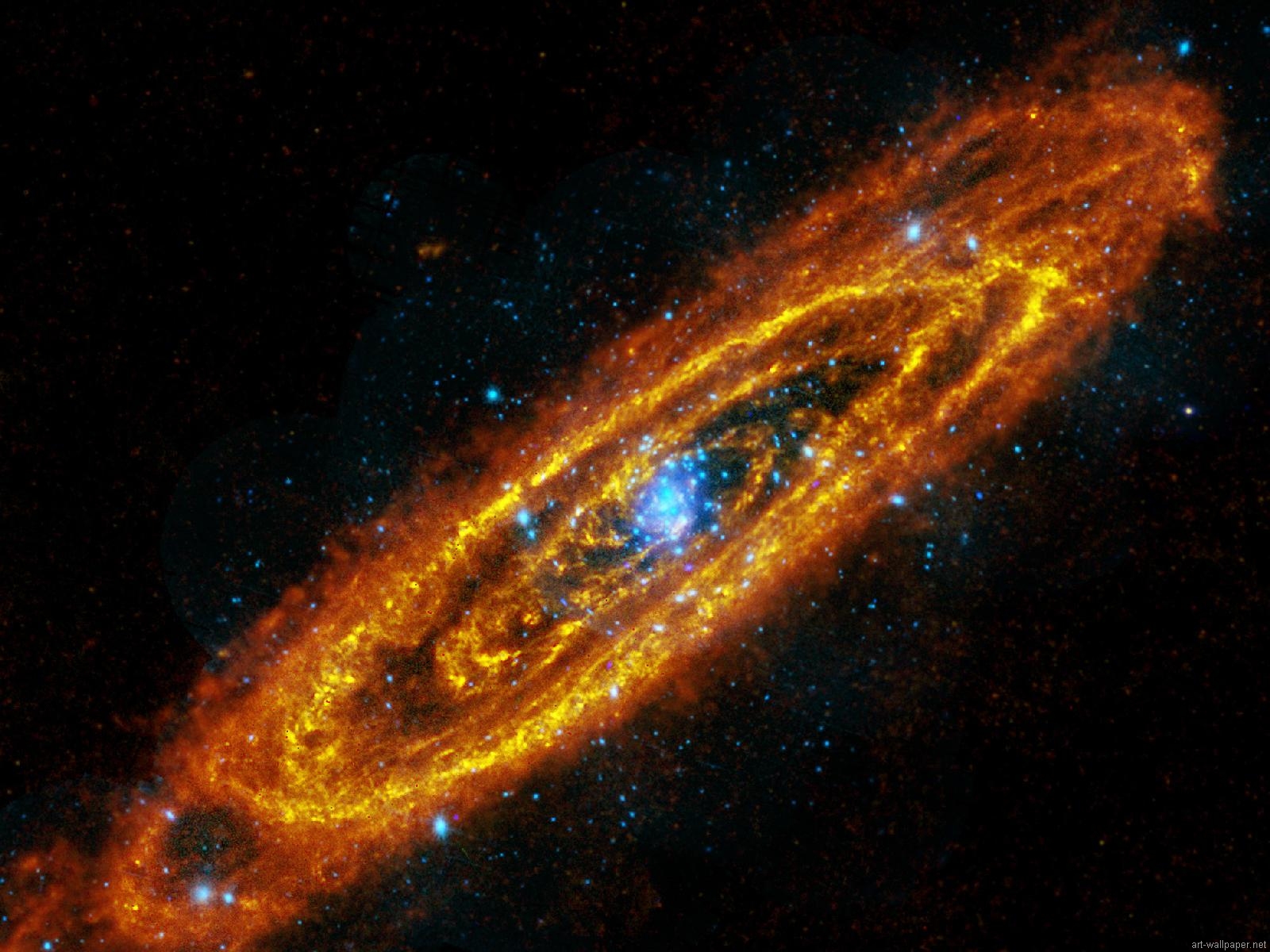

If set to True, the API returns URL of video thumbnail. thumbs A boolean parameter True|False inidcating whether the API should return a thumbnail image URL for video files.If start_date is specified without an end_date then end_date defaults to the current date. end_date A string in YYYY-MM-DD format indicating that end of a date range.All images in the range from start_date to end_date will be returned in a JSON array. start_date A string in YYYY-MM-DD format indicating the start of a date range.Cannot be used in conjunction with date or start_date and end_date. If this is specified then count randomly chosen images will be returned in a JSON array.

count A positive integer, no greater than 100.This is present for legacy purposes, it is always ignored by the service and high-resolution urls are returned regardless. hd A boolean True|False parameter indicating whether or not high-resolution images should be returned.(Better than just pure text search.) Defaults to False. The concept tags are not necessarily included in the explanation, but rather derived from common search tags that are associated with the description text. concept_tags A boolean True|False indicating whether concept tags should be returned with the rest of the response.There are no images for tomorrow available through this API. Must be after, the first day an APOD picture was posted. date A string in YYYY-MM-DD format indicating the date of the APOD image (example: ).URL Search Params | query string parameters There is only one endpoint in this service which takes 2 optional fieldsĪs parameters to a http GET request. No one watching this repository has anything to do with Astronomy Photo of the Day website, so we're unable to deal with issues directly related to their content. You can do that with this code! All information that this API returns is actually just grabbed from the Astronomy Photo of the Day Website (APOD). If you need a extremely reliable version of this API, you likely want to stand up your own version of the API.
NASA PICTURE OF THE DAY CODE
You can find a frozen version of the previous code in the branch called "prevCodeOrganization" API ReliabilityĪ very large number of people use the instance of this API that NASA has set up. Changed references to app in application.py to application.Moved main code out of the APOD folder and into the top level directory as Elastic Beanstalk had a hard time finding the initial python file unless it was in the top-level folder.NOTES: Code re-organization has occurred !Ĭode was reorganized to make it work more easily on AWS's Elastic Beanstalk service. It’s the home of a super massive black hole, the first black hole ever imaged by planet Earth’s Event Horizon Telescope.Astronomy Picture of the Day (APOD) microserviceĪ microservice written in Python with the Flask micro framework. Of course giant elliptical galaxy M87 dominates the Virgo cluster. Near the middle of the chain lies an intriguing interacting pair of galaxies, NGC 4438 and NGC 4435, known to some as Markarian’s Eyes. M84 and M86 are recognized as part of Markarian’s Chain, a visually striking line-up of galaxies on the left side of this frame. Prominent here are Virgo’s bright elliptical galaxies Messier catalog, M87 at bottom center, and M84 and M86 (top to bottom) near top left. About 50 million light-years distant, the Virgo Cluster is the closest large galaxy cluster to our own local galaxy group. Galaxies of the Virgo Cluster are scattered across this nearly 4 degree wide telescopic field of view. This awesome snapshot was captured by astrophotographer Abdullah Al-Harbi using a cooled, back-illuminated QHY 268M astronomy camera and Askar FRA600 astronomy telescope, mounted on an iOptron CEM-40 tripod. Dominating this galaxy cluster is the giant elliptical galaxy M87.

This cluster also includes bright Messier galaxies such as M84 and M86 which are part of the Markarian’s Chain. According to NASA, the Virgo cluster is the nearest cluster of galaxies and contains over 2000 galaxies. Today’s NASA Astronomy Picture of the Day is a snapshot of the Virgo cluster of galaxies located about 50 million light-years away. Galaxy clusters are the largest objects in the Universe bound by gravity and astronomers can use them to measure important cosmological properties, according to NASA. Most galaxies exist in groups or clusters with dozens or hundreds of members, and these cluster galaxies are all in constant motion, pulled and twisted by their neighbour’s gravity. Galaxies which exist in the vastness of space, consist of various celestial objects such as stars, clouds of dust, and gas, all of which are bound together by gravity.


 0 kommentar(er)
0 kommentar(er)
